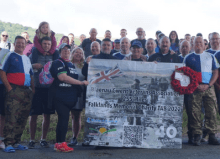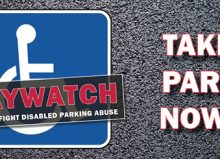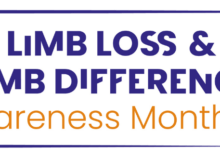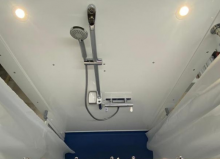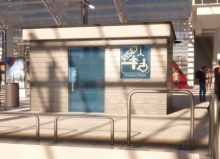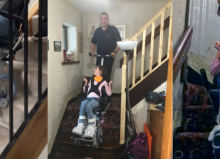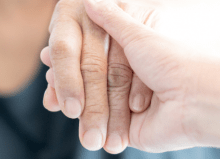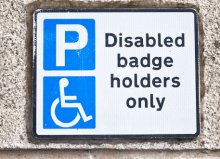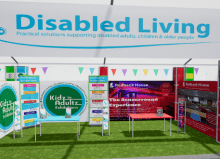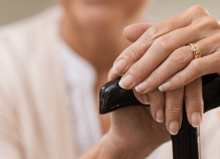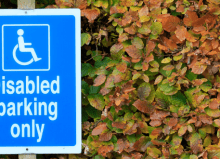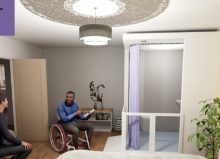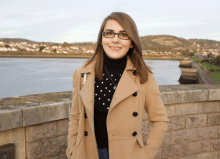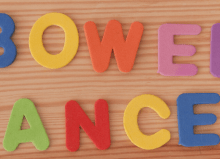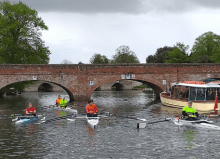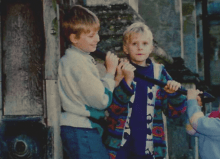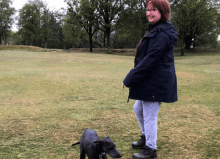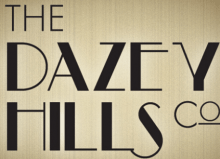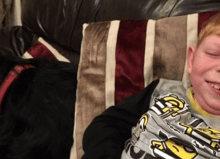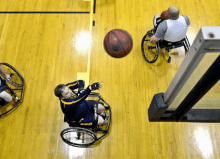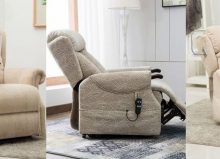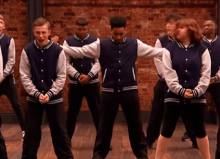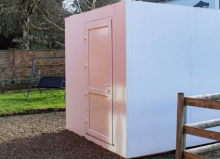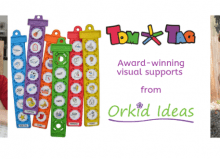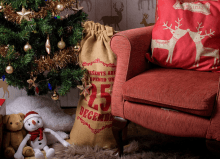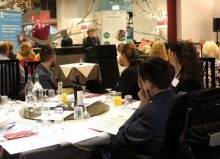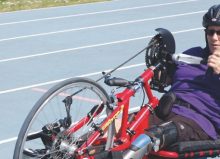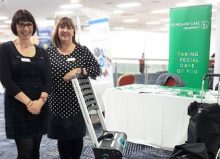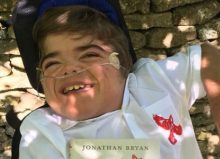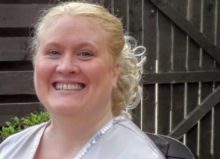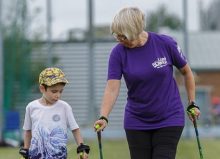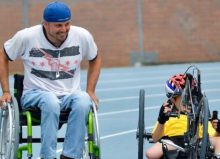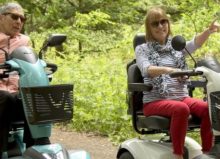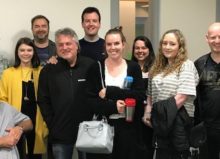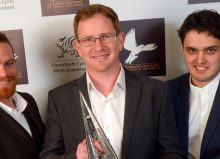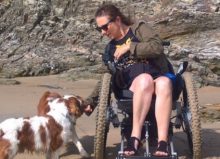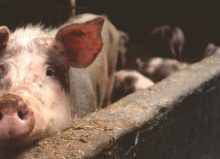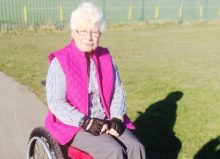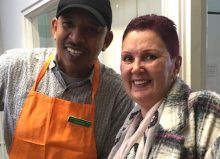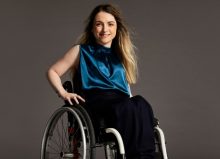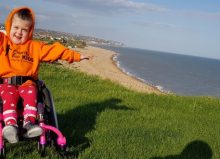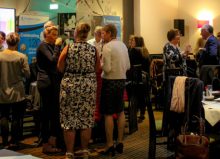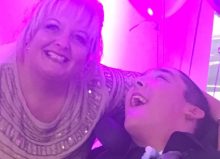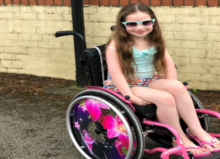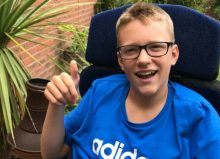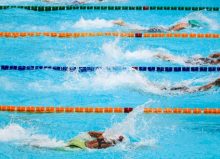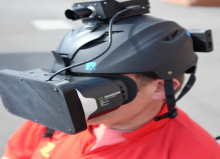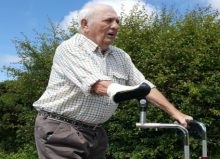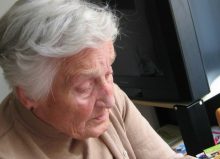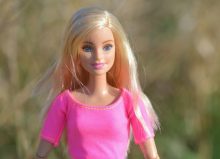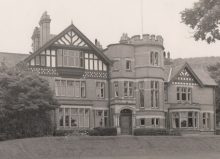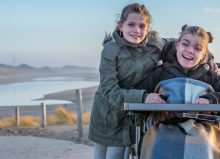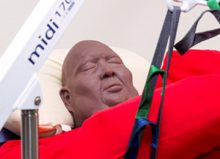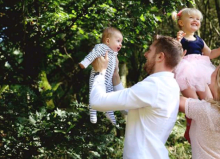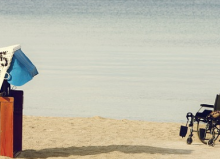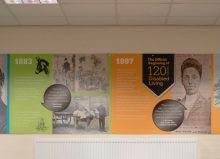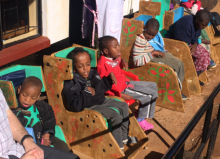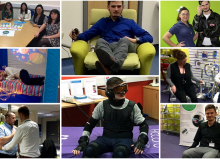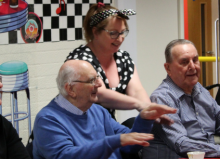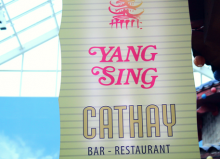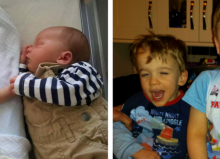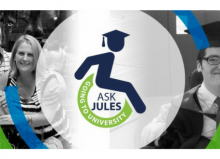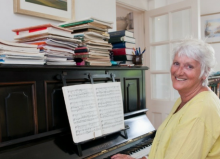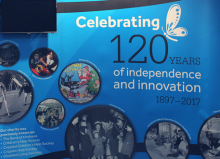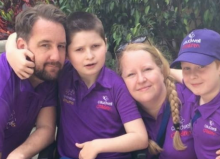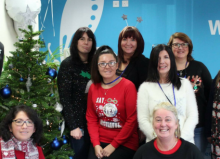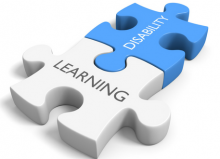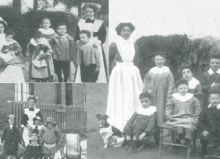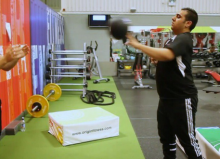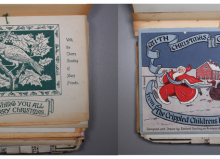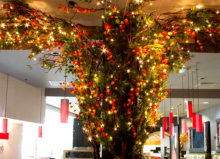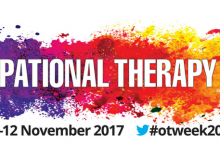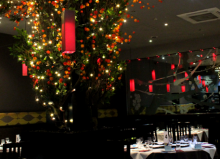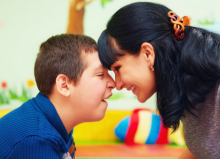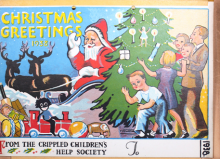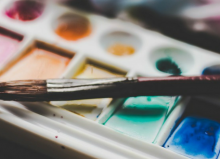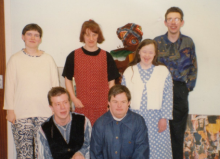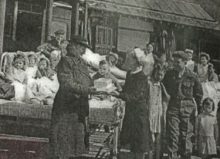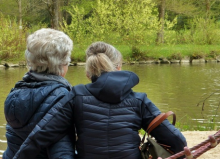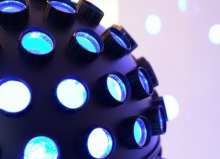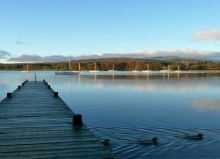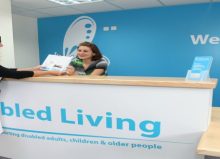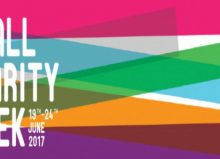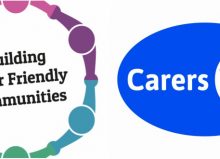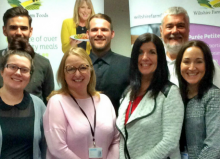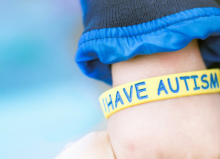Living with Retinitis Pigmentosa – Elin’s Sight Loss Journey
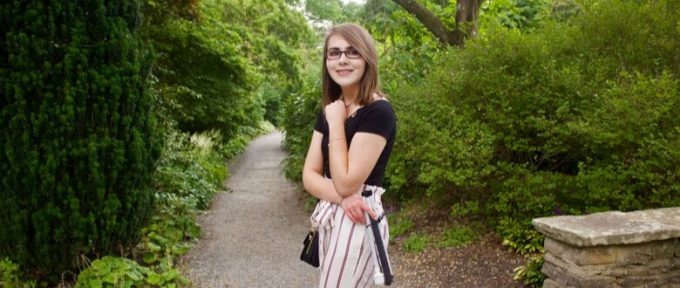
Elin Williams caught our attention on Twitter. She reached the shortlist to attend The National Diversity Awards but that wasn’t only thing that inspired us. Elin has her own disability and lifestyle blog. She shares her journey and motivational messages on social media to empower others who are visually impaired. We spoke to her about her story of life with Retinitis Pigmentosa (RP).
When you’re three years old, you’re expected to be full of life, splashing different coloured paints onto a piece of paper in attempt to create your childhood masterpiece. You’re expected to have no care in the world when playing with other children.
Despite being incredibly shy, I did all of the above but the way I reacted to some activities and situations ignited a previously dormant worry for my parents. Welsh is my first language and health visitors thought that I couldn’t understand English when they tried urging me to read letters and words they showed me. They assumed that I wasn’t the brightest child but that wasn’t the reality. I couldn’t see.
My parents also noticed that I couldn’t see in the dark. This was the first sign that suggested something was wrong.
And so my third year of life marked the inception of my sight loss journey
The years that followed were laden with hospital appointments with ophthalmologists trying to find the root of my deteriorating eyesight. It was three years later, when I was finally diagnosed with the degenerative condition, Retinitis Pigmentosa (RP).
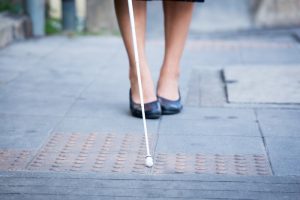
I don’t remember much, if any, of this time but the challenges that followed are still clear in my mind. As a young child, it’s safe to say that I was confused by the entire concept. A qualified teacher of vision impairment (QTVI) came to help me at school, work was adapted into large print, I learned to touch type and started learning braille a couple of years later, just before I left primary school. I was also introduced to the white cane when I was about eight years old but everything was quite raw at the time and I was still adjusting to my diagnosis, trying to comprehend the realities of sight loss.
And so, after one or two trips around my local village with my cane in hand, I decided I wasn’t ready at that time and pushed the thought of using it away. I saw it as a symbol of my disability, something that would encourage more misconceptions, stereotypes and sniggering laughter. So, it was stored away in a box in the corner of my room for eight years after that.
But despite the relief in not having to use my cane, the realities of sight loss still loomed over me like a dark cloud. However, I tried to hold on to the shining rays of the sun which peeked out from behind and that’s what I’ve always tried to do. I’m a positive person and I like to focus on the light at the end of the tunnel, even if that glimmer blurs and fades a little more everyday.
I spent many of my initial teenage years going out with my friends
We’d ride our bikes around our local area and did all sorts of tricks on the trampoline. I also gained an interest in beauty and fashion and continued playing the piano and harp. In those moments, I felt just like everyone else (let’s not mention the cars and people I nearly crashed into with my bike)!

But there have been moments of uncertainty, grief and upset. I didn’t have the confidence to talk openly about my disability with others my age and so many didn’t understand. This resulted in some taking the opportunity to bully me for it. I had an awful feeling of loneliness and my sixth form years were peppered with anxieties and panic attacks.
But a positive was formed from these feelings and judgements since I took the opportunity to relieve my feelings through writing and I eventually turned to publishing my thoughts on my blog – My Blurred World – which changed my life in a way I never imagined it could. It opened my eyes to a world I never knew existed before, introducing me to a whole community of fellow vision impaired people who assured me that I wasn’t alone, knowledge that I never indulged in much before this. But it’s now clearer than ever.
I try not to let sight loss dictate my life and I always strive to pursue the things I want to achieve
As well as writing my blog, I’m studying a degree in Arts & Humanities (specialising in English Language and Creative writing) with The Open University. I’m striving for a career as a writer. I’ve also worked/do work and volunteer in the charity sector which is incredibly rewarding. My point is, living with sight loss doesn’t have to prevent you from achieving what you want in life. It does present challenges, of course it does, I know that all too well, but it can lead you to some invaluable opportunities and experiences, offering a wealth of knowledge you wouldn’t have otherwise.
I’ve been registered blind/severely sight impaired since I was twelve years old and I like to describe my eyesight as being an old camera which is constantly out of focus, with the shutters slowly closing in. But my focus on life is clearer than ever and although there are many hurdles and challenges, I aim to live my life in the most positive way I can.
Sight loss isn’t the end, it’s just the beginning of a new way of life.
This post was written by Elin Williams, creator and writer of the award-winning blog, My Blurred World.
If you would like to feature on Disabled Living’s blog please email: info@disabledliving.co.uk



